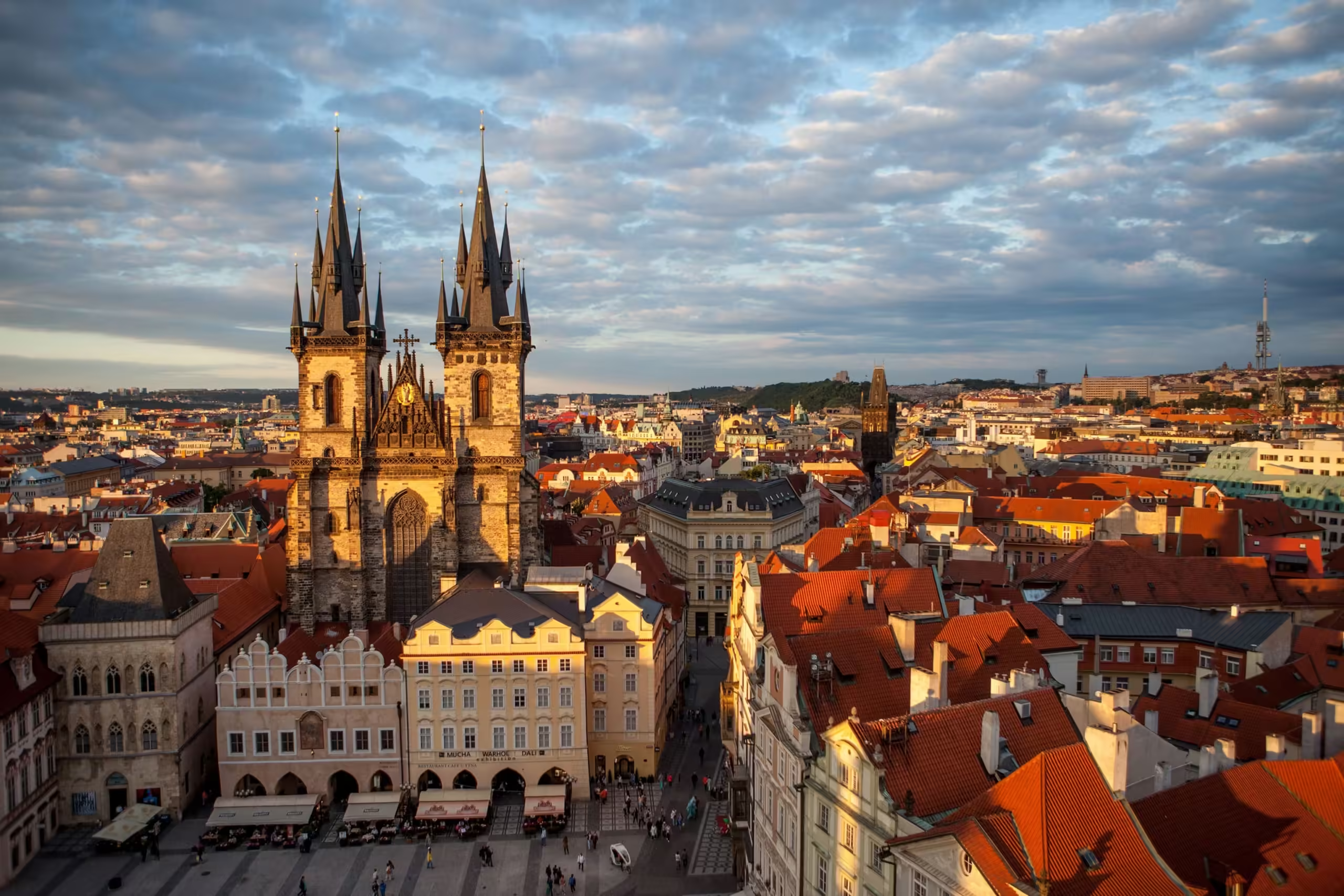Category: Country
London CITY WEATHER
The English Migration to America: From Pilgrims to Pioneers
Title: The English Migration to America: From Pilgrims to Pioneers
The migration of English people to America is a pivotal chapter in the history of both nations, shaping the culture, politics, and identity of the United States. From the early settlers seeking religious freedom to the waves of immigrants in search of opportunity, English migration played a significant role in the development of the American colonies and, later, the United States as a nation.
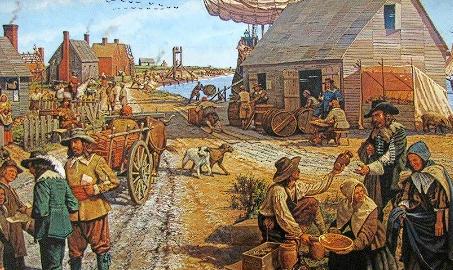
Pilgrims and Puritans: Seeking Religious Freedom
One of the earliest and most well-known waves of English migration to America occurred in the early 17th century with the arrival of the Pilgrims and Puritans. Seeking religious freedom and autonomy, groups like the Pilgrims settled in Plymouth, Massachusetts, in 1620, while the Puritans established the Massachusetts Bay Colony in 1630. These settlers laid the foundation for what would become the New England region of the United States, bringing with them traditions of self-governance and a strong Protestant ethic.
Colonial Expansion and Economic Opportunity
As the American colonies grew, English migration continued, driven by economic opportunities and the promise of land ownership. Many English settlers migrated to the middle and southern colonies, such as Virginia, Maryland, and the Carolinas, where they established tobacco plantations, farms, and trading enterprises. English settlers played a central role in the development of the colonial economy, contributing to the growth of industries like agriculture, shipping, and commerce.
Waves of Immigration: 19th and 20th Centuries
In the 19th and early 20th centuries, waves of English immigrants continued to arrive in the United States, drawn by industrialization, urbanization, and the lure of the American Dream. Many settled in cities like New York, Boston, and Chicago, where they found work in factories, mines, and other industries. English immigrants brought with them skills, traditions, and cultural influences that enriched American society.
Cultural Contributions and Influence
English migration to America had a profound impact on the cultural landscape of the United States. English settlers brought with them the English language, legal traditions, and political institutions that formed the basis of American governance. They also influenced American cuisine, architecture, literature, and customs, leaving an enduring legacy that is still evident today.
Assimilation and Integration
Over time, English immigrants assimilated into American society while also contributing to its diversity and richness. While many retained a strong sense of English identity and heritage, they also embraced their new homeland and participated fully in its political, social, and economic life. English migration played a crucial role in shaping the melting pot of cultures that defines the United States.
Conclusion
The migration of English people to America has been a dynamic and multifaceted phenomenon that has shaped the course of both nations’ histories. From the early settlers seeking religious freedom to the waves of immigrants in search of economic opportunity, English migration has left an indelible mark on American society and culture. Today, the legacy of English migration to America endures in the traditions, institutions, and values that define the United States as a nation.
CHINA
- Geography: China is the world’s fourth-largest country by land area, with diverse geographical features including mountains, plateaus, deserts, and plains. Major landmarks include the Himalayas, the Gobi Desert, the Yangtze River, and the Great Wall of China.
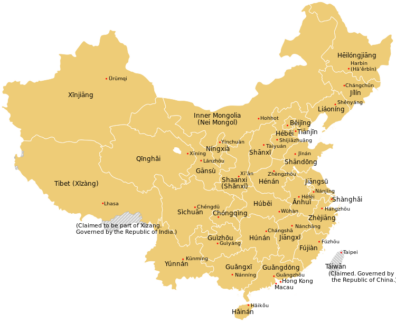
- History: China has one of the world’s oldest civilizations, with a recorded history dating back over 5,000 years. It has been ruled by various dynasties and empires, experiencing periods of great prosperity and cultural achievement. In 1949, the Communist Party of China (CPC) established the People’s Republic of China.
- Government: China is a one-party socialist state governed by the Communist Party of China (CPC). The President serves as the head of state, while the Premier is the head of government. The National People’s Congress is the highest organ of state power.
- Economy: China has the world’s second-largest economy by nominal GDP and is the largest manufacturing and exporting nation. Over the past few decades, it has experienced rapid economic growth, fueled by manufacturing, exports, and investments. China is also a major importer of commodities.
- Culture: Chinese culture is rich and diverse, encompassing various traditions, customs, and arts. It has made significant contributions to literature, philosophy, art, music, cuisine, martial arts, and technology. Confucianism, Taoism, and Buddhism have been influential philosophies.

- Population: China is the most populous country in the world, with over 1.4 billion people. The country faces demographic challenges such as an aging population and gender imbalance due to the one-child policy, which has been relaxed in recent years.
- Technological Advancements: China has become a global leader in technology and innovation, with significant investments in areas such as artificial intelligence, renewable energy, telecommunications, and space exploration. Companies like Huawei, Alibaba, and Tencent have gained international prominence.
- Foreign Policy: China’s foreign policy is characterized by its emphasis on sovereignty, territorial integrity, and non-interference. It seeks to expand its influence through initiatives like the Belt and Road Initiative (BRI) and has become increasingly assertive in regional and global affairs.
- Challenges: China faces challenges such as environmental pollution, income inequality, corruption, human rights abuses, and tensions with neighboring countries over territorial disputes, particularly in the South China Sea.
Watch video
IRAN
Iran, officially known as the Islamic Republic of Iran, is a country in Western Asia. It is bordered to the northwest by Armenia and Azerbaijan, to the north by the Caspian Sea, to the northeast by Turkmenistan, to the east by Afghanistan and Pakistan, to the south by the Persian Gulf and the Gulf of Oman, and to the west by Turkey and Iraq.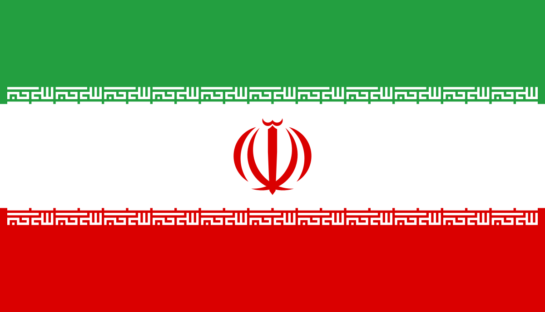
Here are some key points about Iran:
- History: Iran has a rich history dating back thousands of years, with significant contributions to art, science, and culture. It was home to one of the world’s earliest civilizations, the Elamite, and later became part of the Persian Empire, one of the largest empires in history.
- Culture: Iranian culture is diverse, with influences from various civilizations and ethnic groups. Persian literature, poetry, and art have had a profound impact globally. Iran is known for its rich tradition of poetry, with poets like Rumi and Hafez being revered internationally.
- Religion: Iran is an Islamic republic, with Islam being the dominant religion. The majority of Iranians are Shia Muslims, though there are also Sunni Muslims, Christians, Jews, and other religious minorities.
- Politics: Iran’s political system is unique, combining elements of an Islamic theocracy with a republican democracy. The Supreme Leader holds significant power, with the President serving as the head of government. The country has faced international scrutiny over its human rights record and its nuclear program.
- Economy: Iran has a mixed economy, with significant government involvement in key sectors such as energy and finance. Its economy relies heavily on oil and gas exports, though efforts have been made to diversify in recent years. Economic sanctions have significantly impacted Iran’s economy.
- International Relations: Iran’s relations with other countries have been complex. It has had strained relationships with the United States and some Western countries, particularly over issues such as its nuclear program and support for militant groups. However, it maintains close ties with countries like Russia and China.

- Nuclear Program: Iran’s nuclear program has been a source of international concern and controversy. While Iran claims its program is for peaceful purposes, such as energy production, many countries, particularly Western powers, suspect it of seeking to develop nuclear weapons.
- Recent Developments: Iran has been involved in various regional conflicts, including the Syrian Civil War and the conflict in Yemen. It has also faced internal challenges, including protests over economic issues and political repression.
Documentary Video
Why European Countries are So Developed
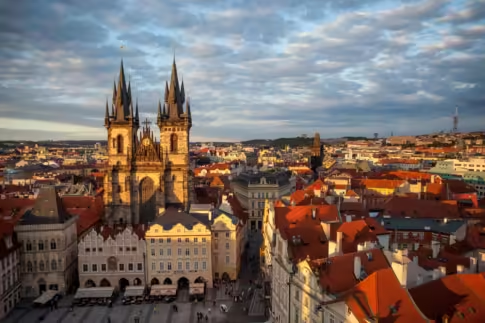
Reasons for Development in European Countries
- Historical Context: Europe has a long history of civilization and economic development. Many European countries were early adopters of industrialization, which laid the foundation for modern economic systems.
- Geographic Location: Europe benefits from its geographic position, with access to major trade routes and proximity to other developed regions like North America. This has historically facilitated trade and economic growth.
- Educational Systems: European countries often have well-established educational systems that prioritize literacy, numeracy, and higher education. A well-educated workforce contributes to innovation and economic productivity.
- Political Stability: Many European countries have stable political systems with democratic governments and strong institutions. Political stability is essential for fostering economic growth and attracting investment.
- Infrastructure: European countries typically have well-developed infrastructure, including transportation networks, communication systems, and utilities. This infrastructure supports economic activities and facilitates trade and commerce.
- Social Welfare Systems: European countries often have robust social welfare systems that provide healthcare, education, and social support to their citizens. These systems contribute to overall well-being and social stability.
- Technological Innovation: Europe has a long history of technological innovation, from the Renaissance to the Industrial Revolution to modern advancements in science and technology. Innovation drives economic growth and competitiveness.
- Global Trade: European countries are active participants in global trade networks, both within the European Union and through international trade agreements. Access to global markets provides opportunities for economic growth and diversification.
- Cultural Diversity: Europe’s cultural diversity has contributed to its economic development by fostering creativity, entrepreneurship, and cross-cultural exchange.
- Investment in Research and Development: Many European countries invest heavily in research and development (R&D), leading to advancements in technology, medicine, and other fields that drive economic growth and competitiveness.

